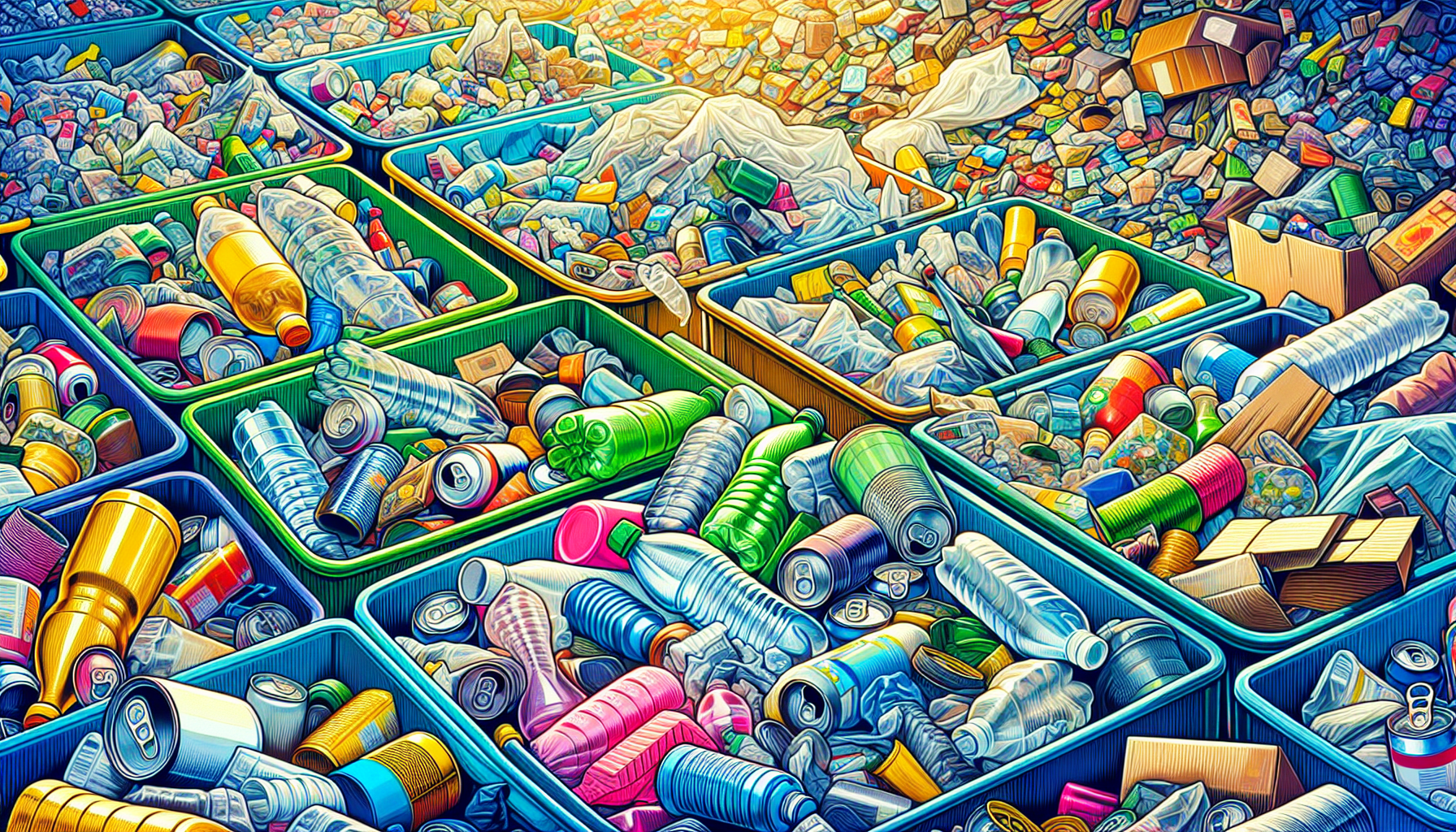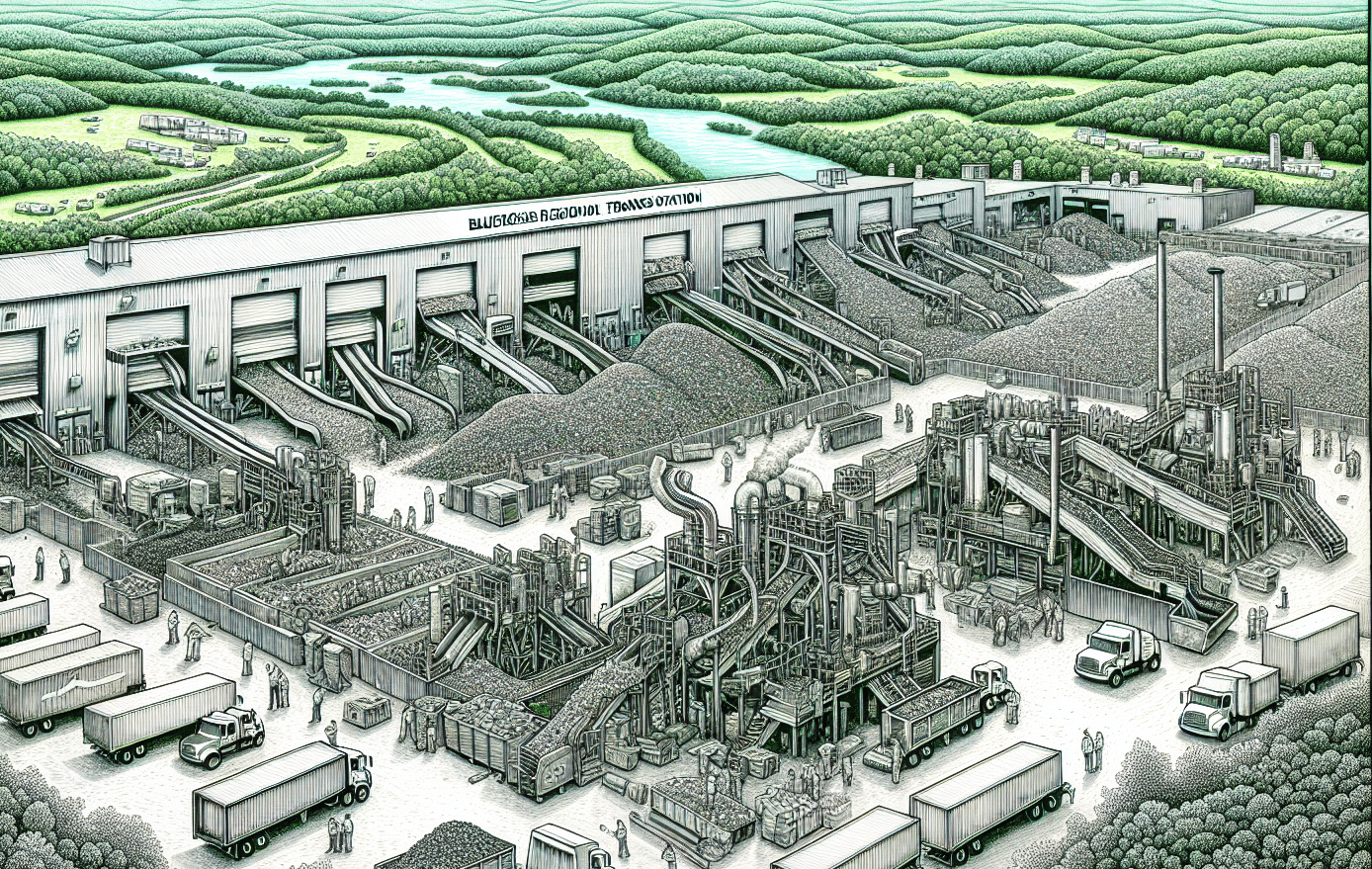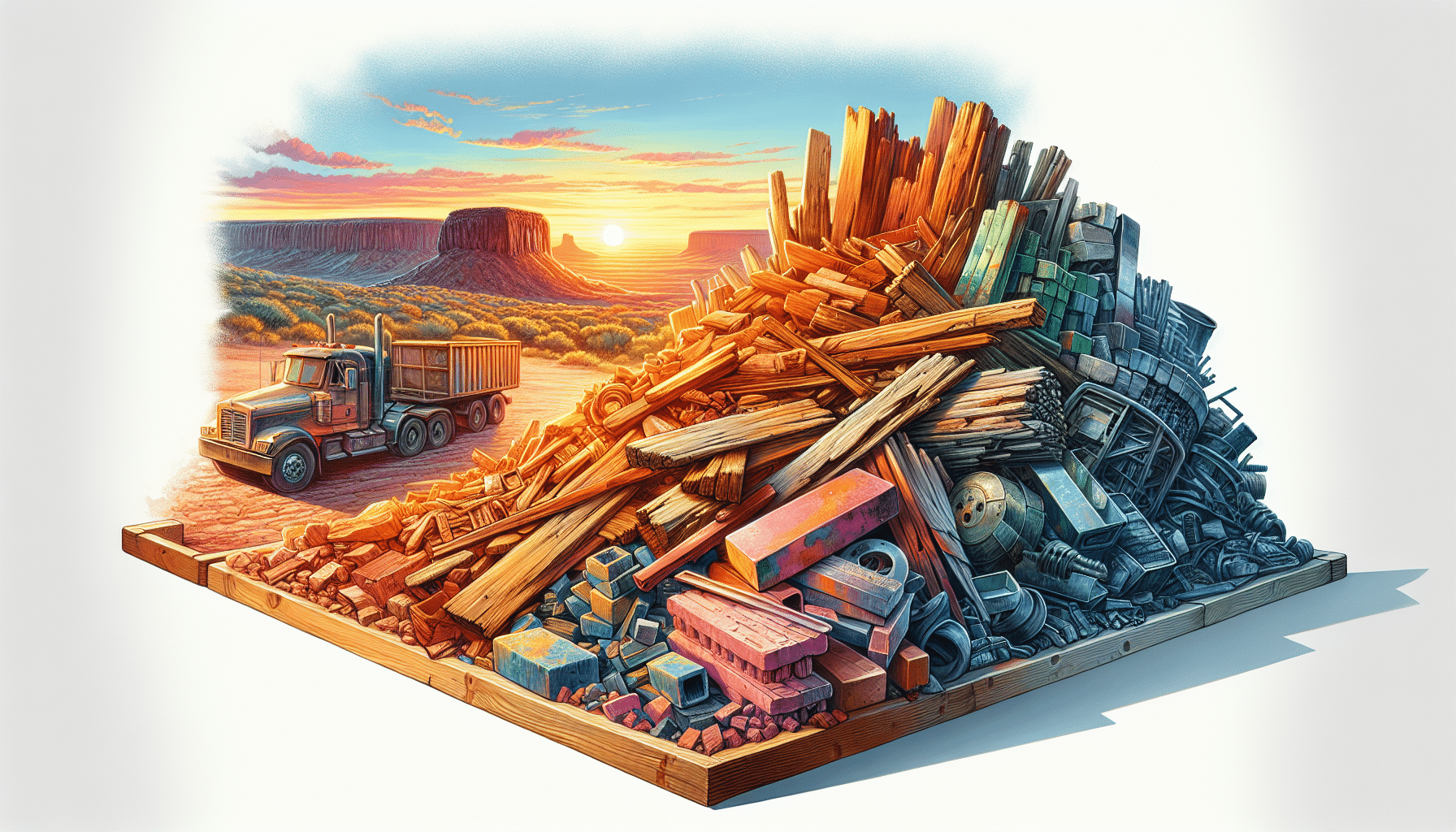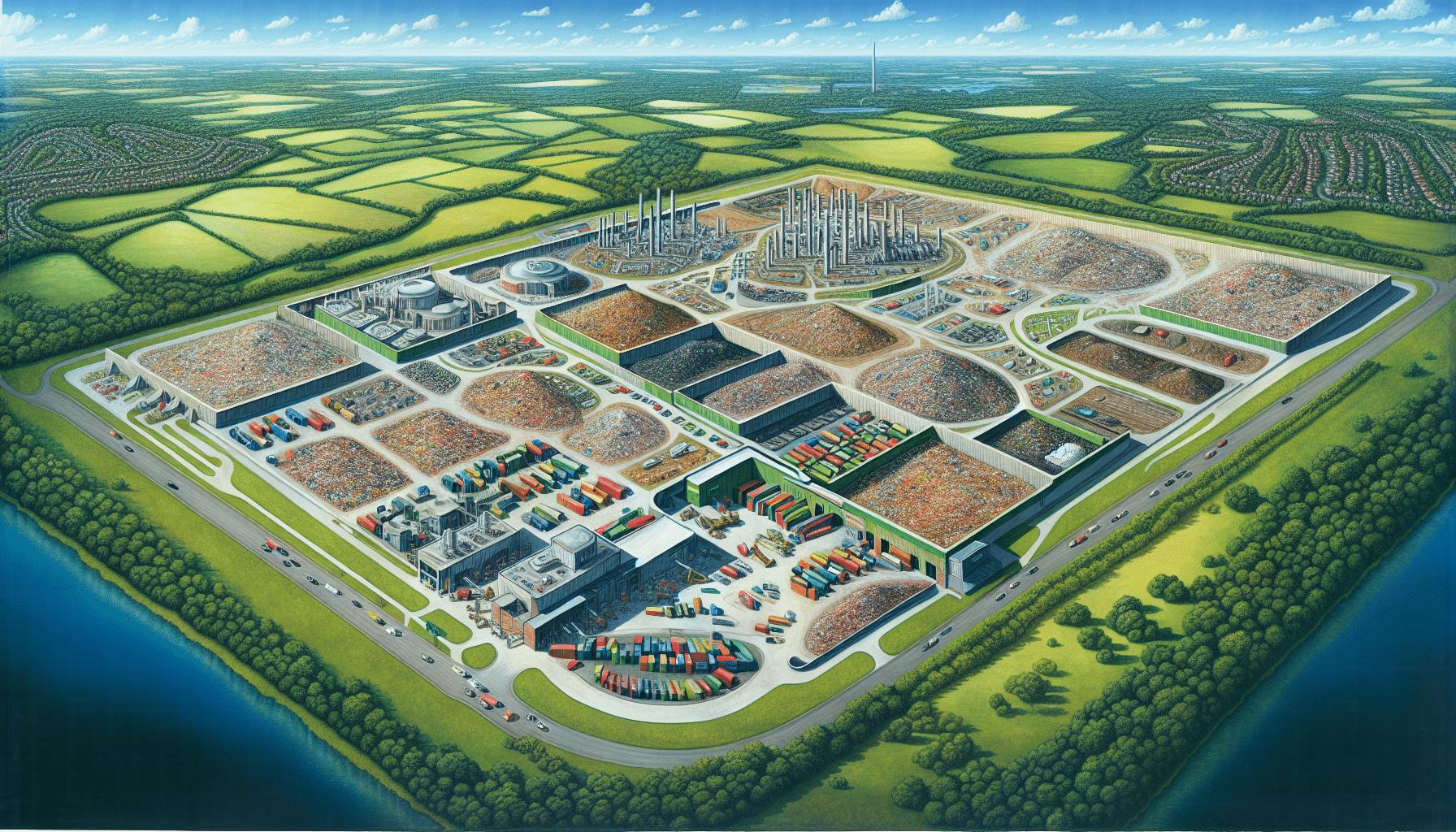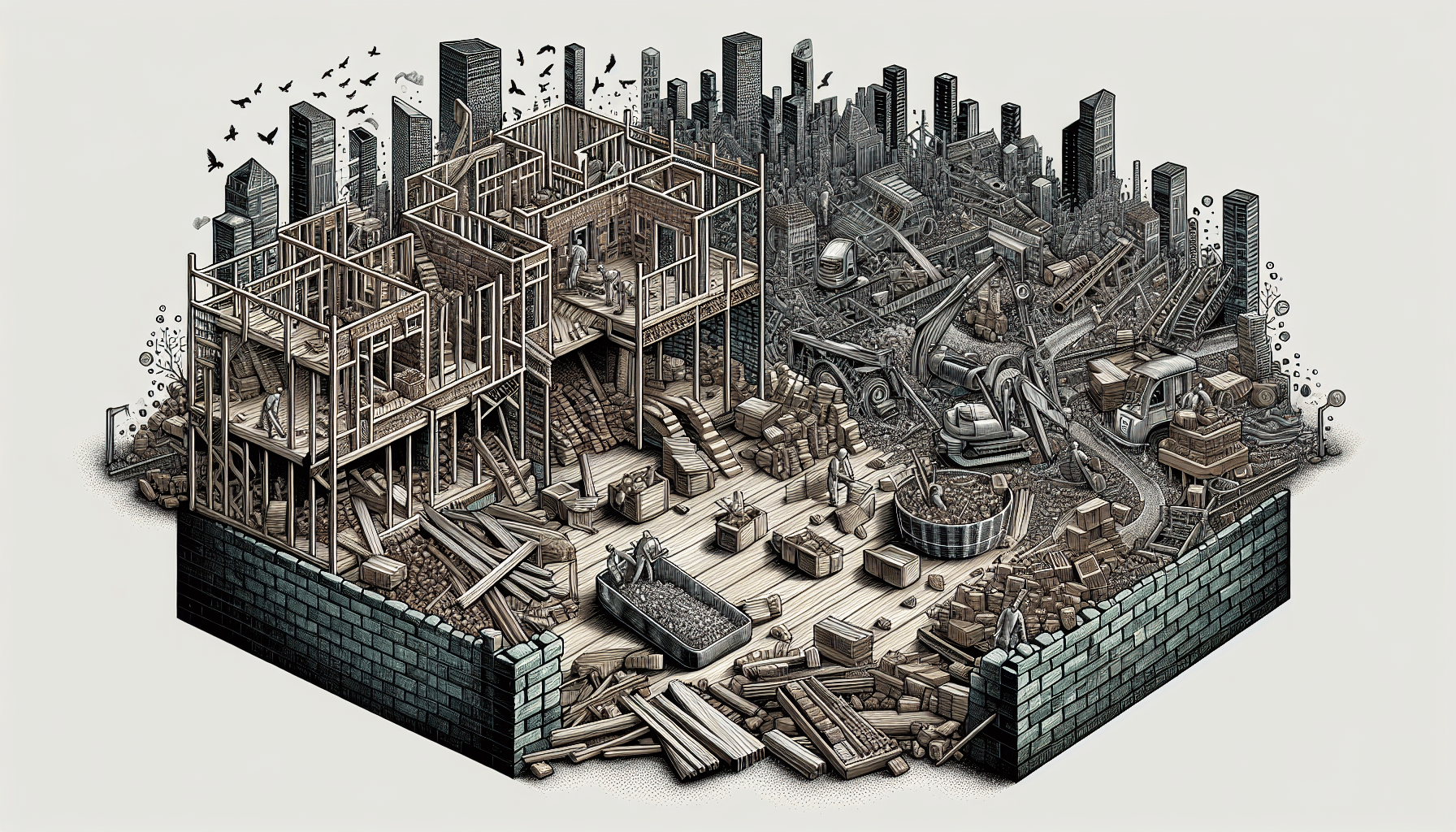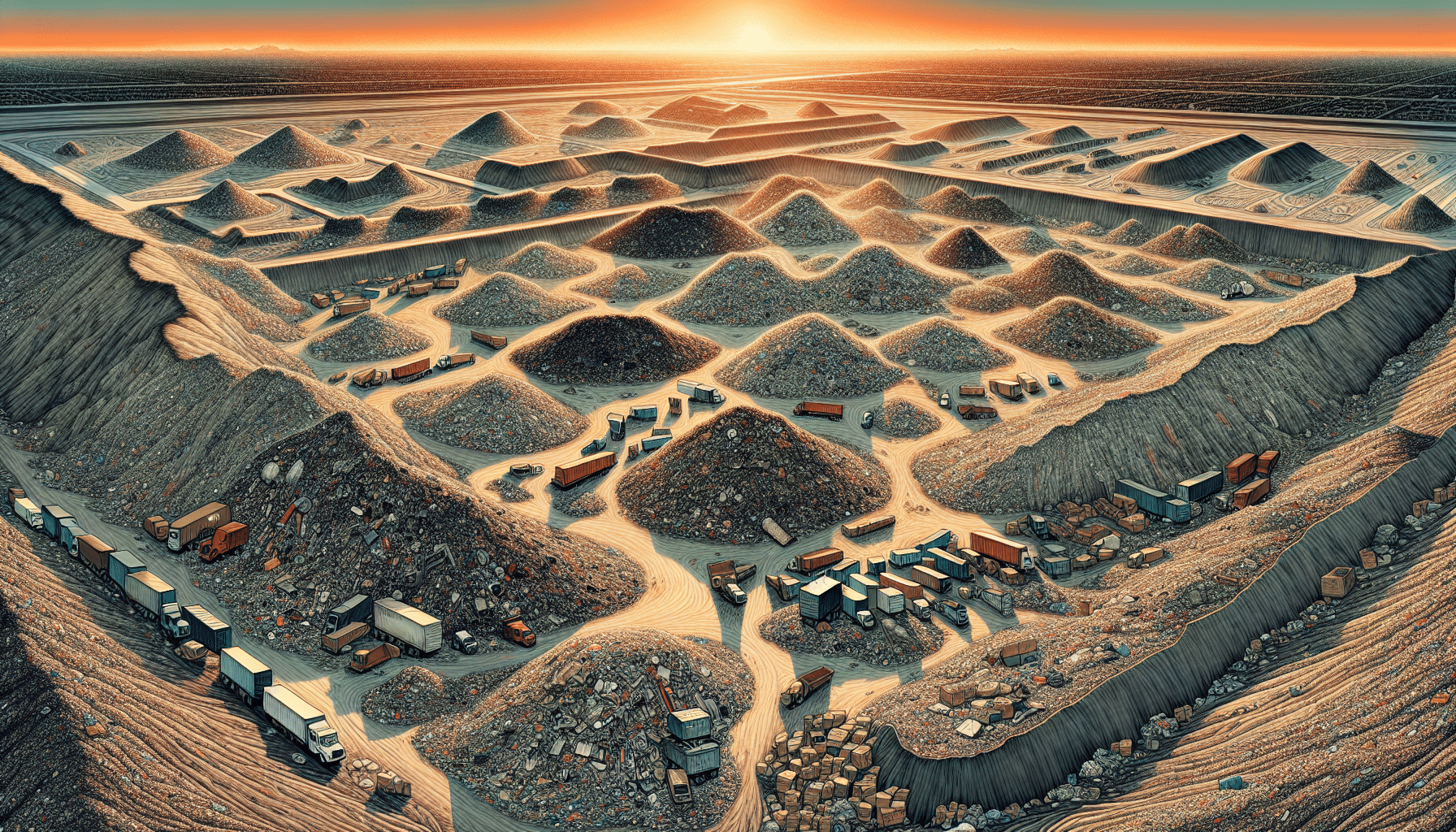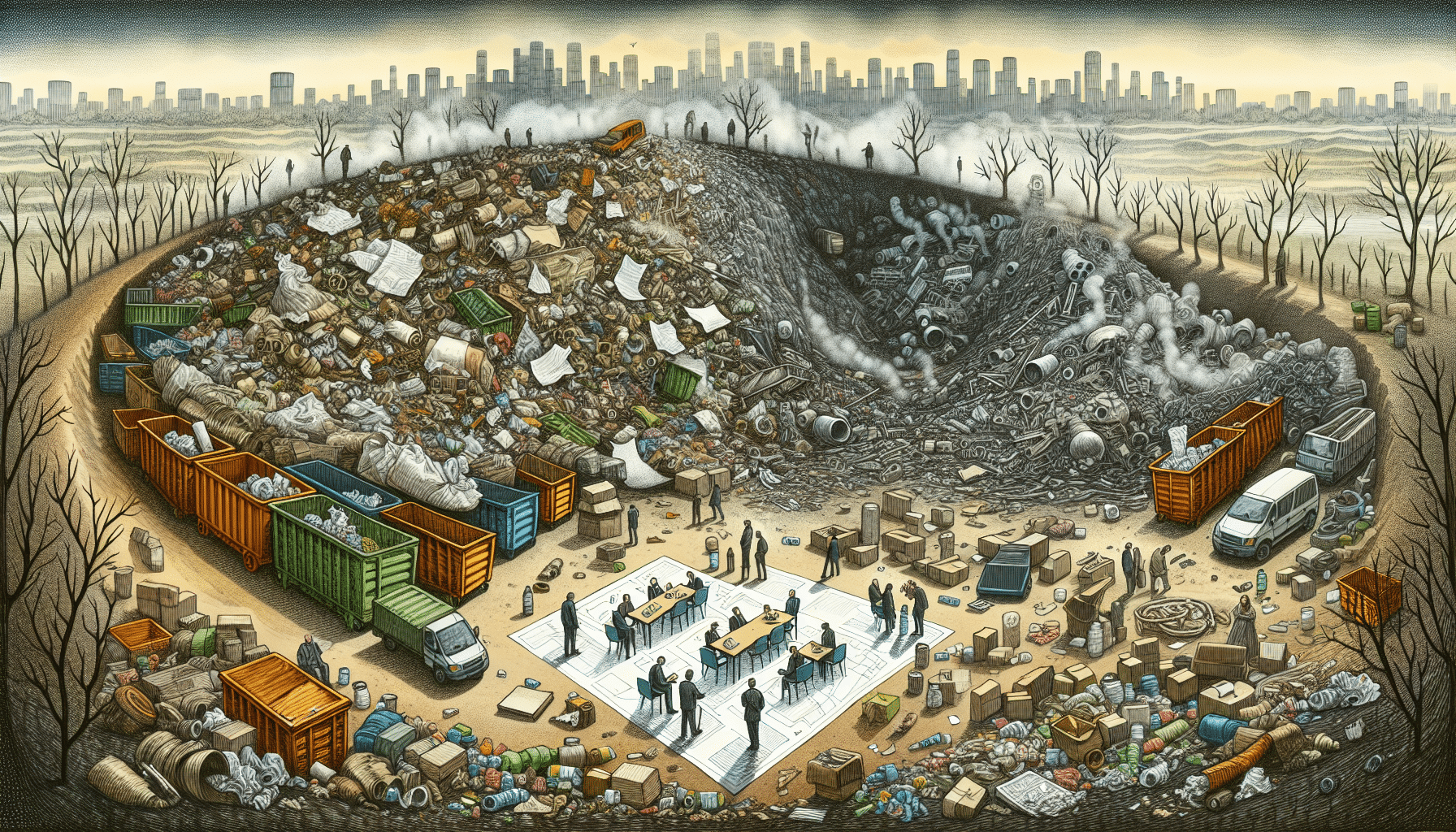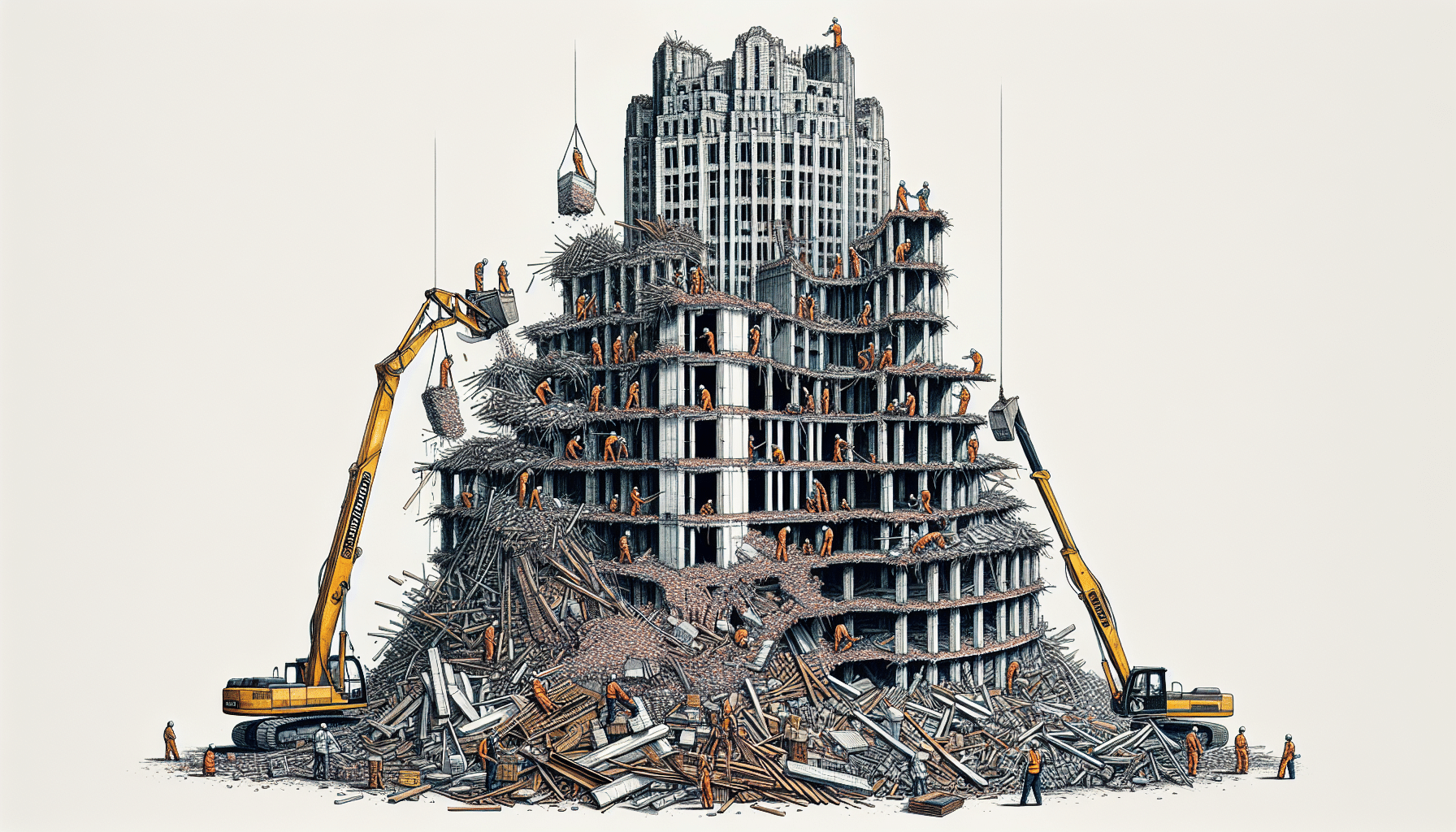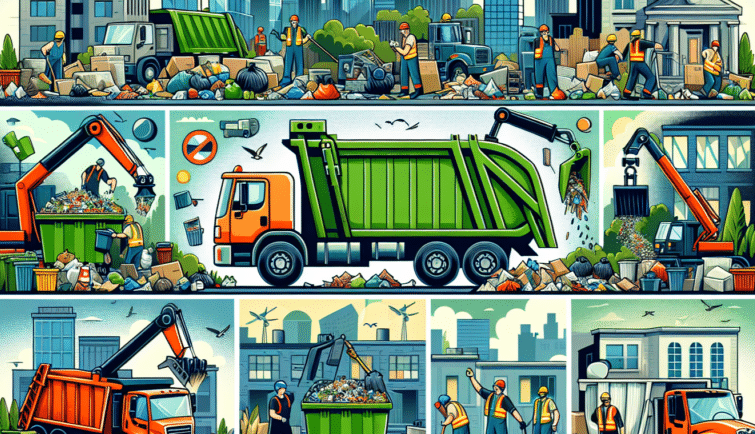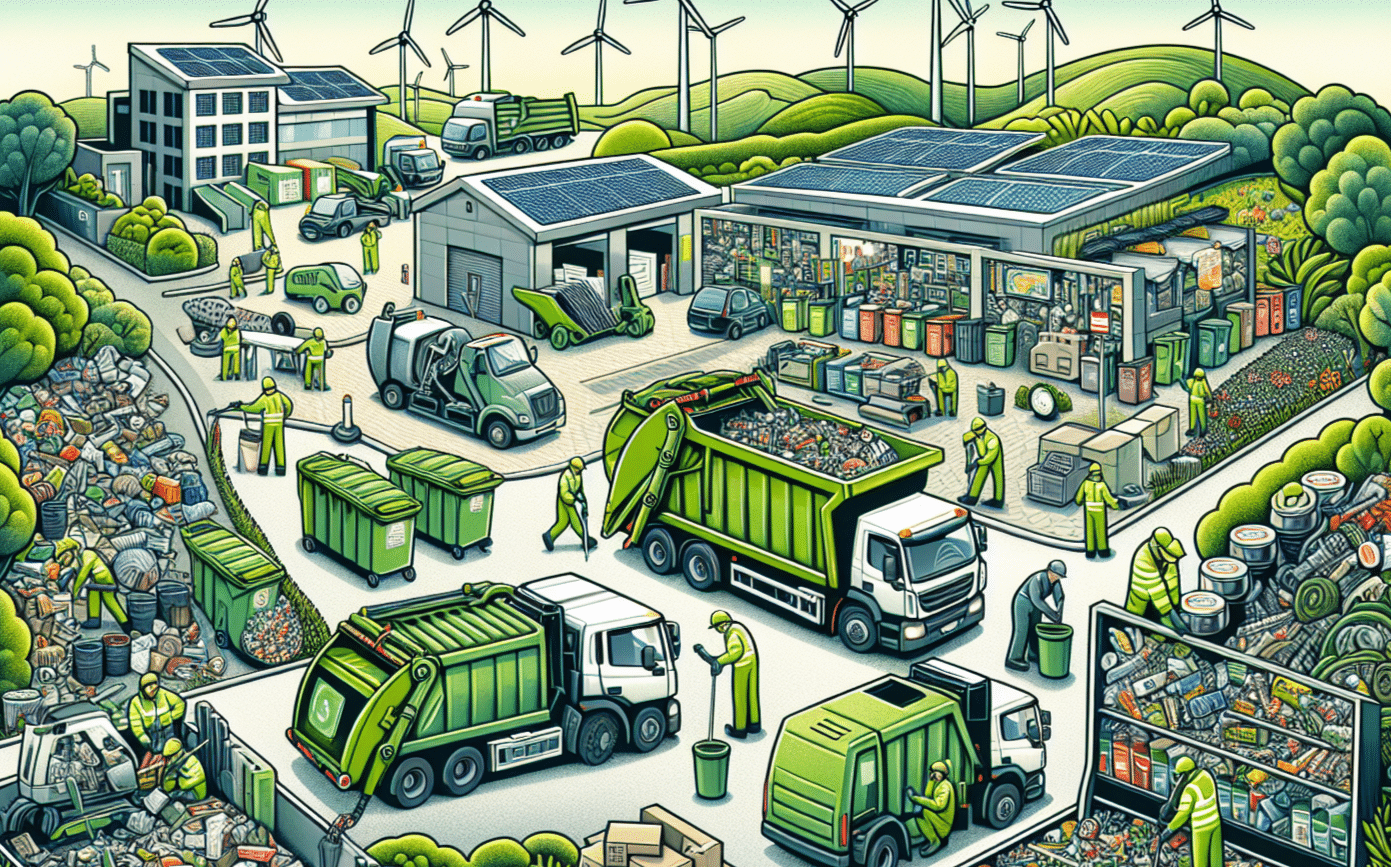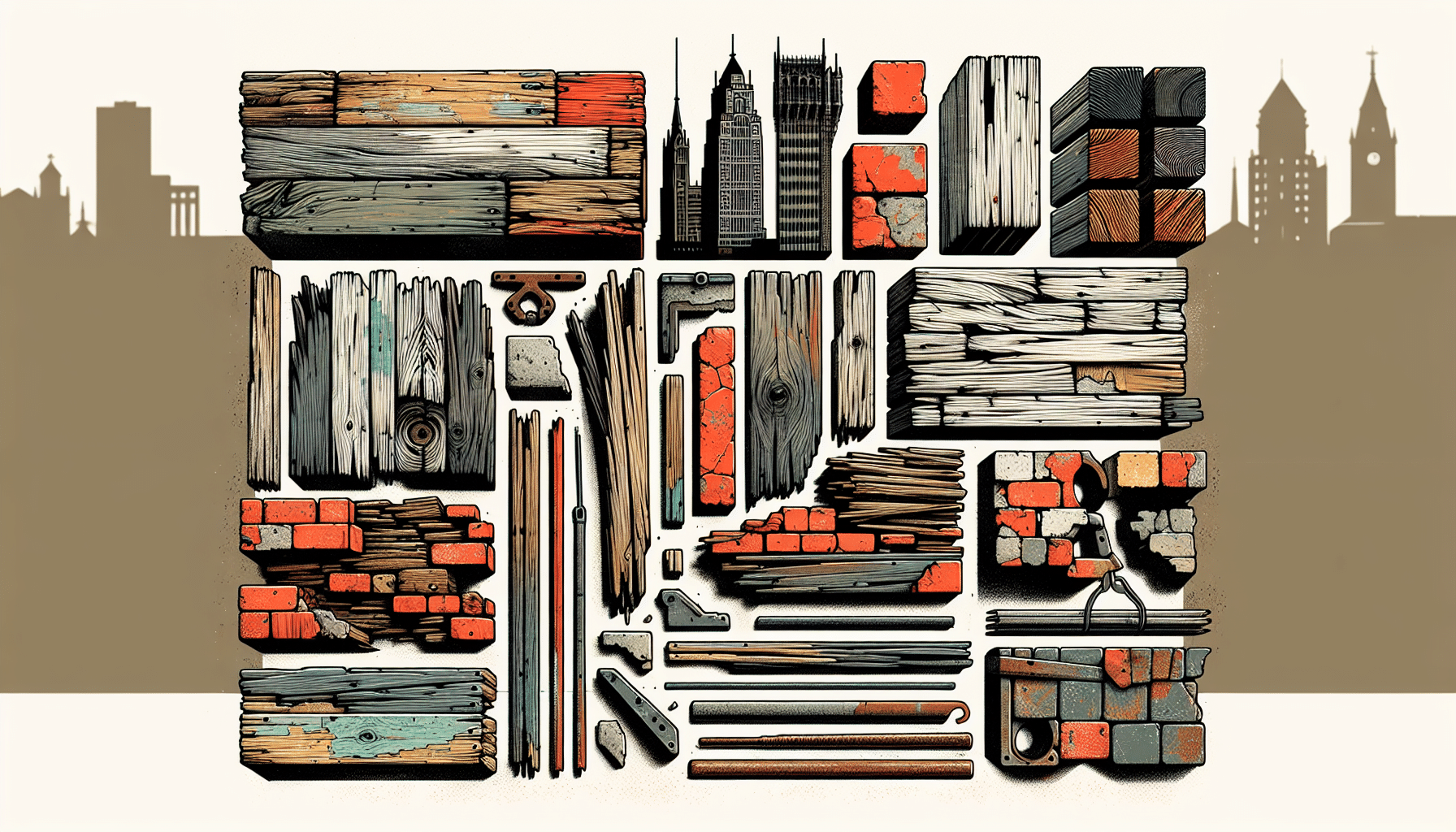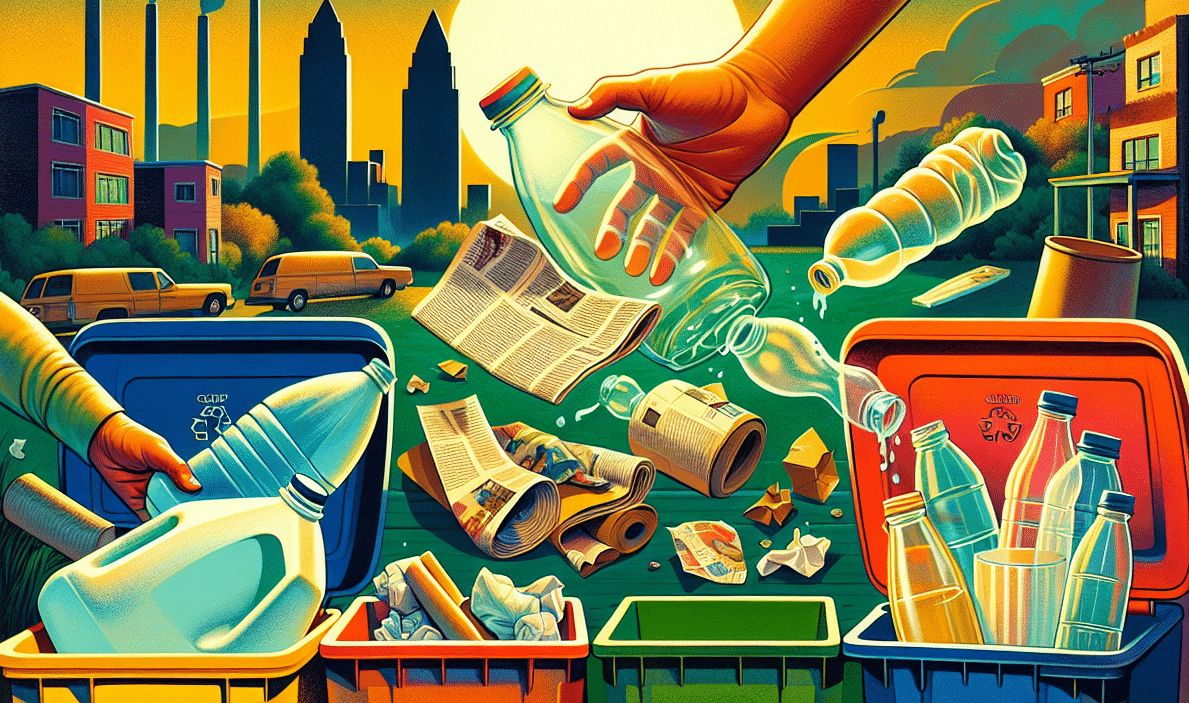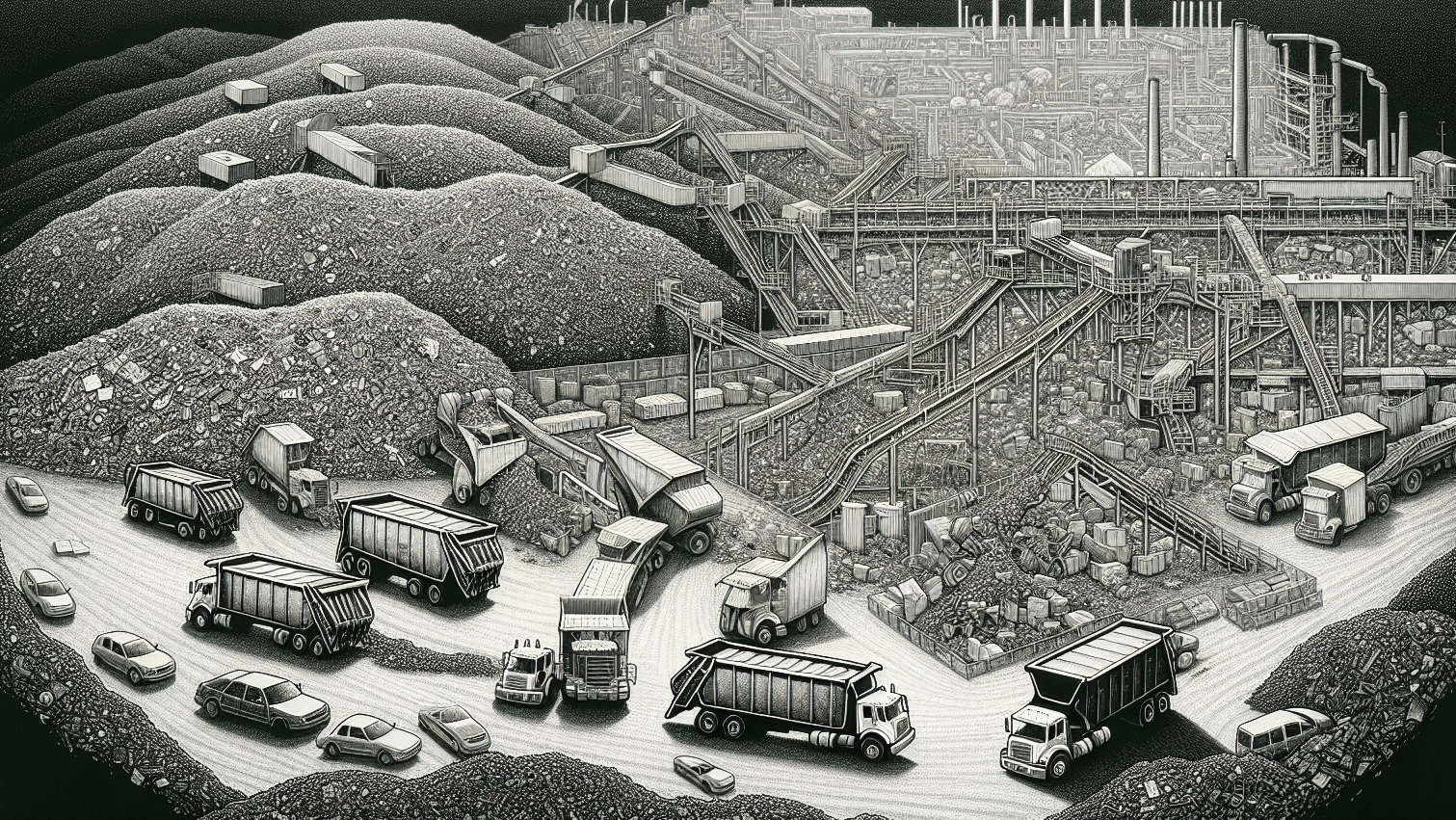Industrial refuse refers to the waste products generated by various industrial processes. The improper handling of industrial refuse can lead to severe environmental and health risks. This article delves into the types of industrial refuse, their potential hazards, and effective management strategies to mitigate their impact.
Key Takeaways
- Effective industrial waste management is crucial for environmental and human health, helping mitigate both immediate and long-term hazards associated with improper disposal.
- Adherence to regulatory guidelines like EPA and RCRA is essential for ensuring safe disposal and compliance, supporting both legal and moral imperatives to protect the environment.
- Innovative technologies such as industrial wastewater treatment, waste-to-energy processes, and biochar production are transforming waste management, enhancing efficiency and contributing to sustainability.
Introduction
The realm of modern industries inevitably presents us with the byproduct of manufacturing: industrial refuse. A spectrum ranging from inert materials to hazardous byproducts, industrial waste, if neglected, poses a formidable threat to both environmental health and human wellbeing. It’s a challenge that demands our immediate attention, for the repercussions of mishandling these remnants of production could also lead to severe financial repercussions.
Understanding Industrial Refuse
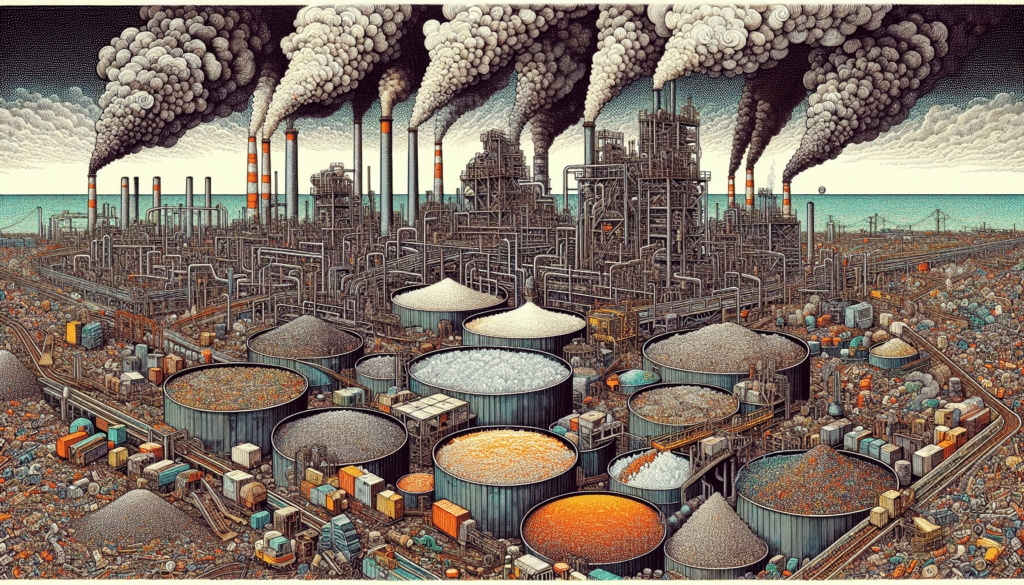
Our exploration begins by understanding the essence of industrial refuse. Industrial refuse is the unwanted materials that emerges from the heart of industrial processes. An exploration of various waste types, from harmless to hazardous, underscores the significance of an industrial waste management program.
Definition of Industrial Waste
Industrial waste can be defined as the materials deemed useless during a manufacturing process. It’s a broad term encompassing solids, liquids, and gasses, all of which can trace their lineage back to various industrial activities. The amount of industrial waste generated from our industries is a crucial aspect to consider in sustainable development.
Types of Industrial Waste
Industrial waste presents itself in multiple forms: solid, liquid, and gaseous. Each form of waste comes with its own unique set of challenges and methods of disposal. Within these categories, we further discern between hazardous and non-hazardous waste.
The Hazards of Industrial Refuse

The hazards of improperly managing industrial refuse can lead to environmental harm and potential health hazards for the local community. The long-term effects of such pollution can affect future generations, necessitating a comprehensive understanding of these risks.
Environmental Impact
Industrial waste has a significant environmental impact. The spread of water pollution from industrial wastewater, the degradation of soil quality affecting our food sources, and the contamination of local waterways are stark reminders of the importance of environmental protection and resource conservation.
Human Health Risks
The dangers industrial waste poses to human health are undeniable. Mismanagement can lead to exposure to dangerous heavy metals, chemical solvents, and other hazardous materials. Sectors such as metal manufacturing release cyanide and phenols, notorious for their deleterious health effects. These risks underline the critical need for stringent hazardous waste disposal protocols to protect human health and prevent disastrous consequences.
Examples of Industrial Refuse

To understand the scope of industrial refuse, consider the following examples:
- Mine tailings, a byproduct of mineral extraction, can devastate aquatic ecosystems if not contained.
- The leather and metal manufacturing industries create hazardous wastes like chromium and cyanide.
- The petroleum industry’s wastewater bears loads of minerals that risk water contamination if not treated.
Each industry, with its unique waste profile, underscores the need for tailored waste management strategies.
Chemical Waste
Chemical waste spans various domains, from the oil and gas sector to the dry cleaning industry, each contributing solvents, sludge, and spent chemicals. Their hazardous nature demands meticulous handling and disposal to prevent harm to humans and the environment.
Solid Industrial Waste
Solid industrial waste encompasses a range of materials, including industrial solid waste such as scrap metal, construction debris, contaminated soil, and secondary waste from spill cleanups. The sheer volume and variety of solid waste demand strategic management to prevent land and water pollution.
Toxic Waste
Toxic waste, one of the more hazardous forms of industrial refuse, includes heavy metals and chemical solvents that can wreak havoc on ecosystems and human health. Industries like paper manufacturing and leather tanning produce wastewater and byproducts that, if improperly managed, pose serious threats to the environment.
Managing Industrial Refuse
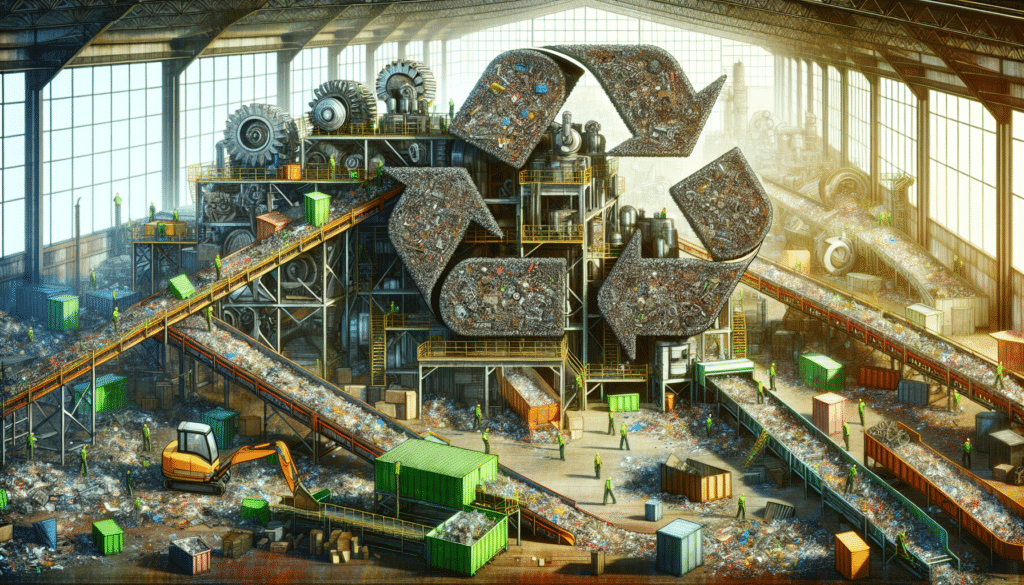
Competent management of industrial refuse requires a multifaceted approach. It encompasses strategies like waste minimization, recycling, and the careful disposal of hazardous materials. Embracing lean manufacturing principles can significantly cut down on waste generation, while segregating waste into distinct categories facilitates effective disposal and recycling.
Waste Minimization
Waste minimization is the first line of defense in waste management. By setting specific waste reduction goals and adopting preventive measures, industries can curtail their environmental footprint and lean towards a more sustainable future. Cleaner production techniques, waste audits, and optimizing packaging are some of the approaches that can lead to significant reductions in waste.
Recycling and Reuse
Recycling and reuse present opportunities to transform waste into resources. By repurposing secondary materials, industries can lessen their environmental impact and contribute to a more resource-efficient world.
Hazardous Waste Disposal
Hazardous waste disposal demands meticulous attention. With the right management plan, hazardous waste can be neutralized and disposed of safely, averting potential harm to the environment and public health.
Regulations and Compliance
Adherence to regulatory compliance is integral to effective waste management. Federal and state mandates dictate the standards for safe disposal, and adherence to these regulations is not merely a legal requirement but also a moral imperative for environmental sustainability.
Environmental Protection Agency (EPA) Guidelines
The EPA’s guidelines act as a compass for industry managers and regulators, guiding them towards environmentally responsible waste management decisions. These guidelines include tools for risk assessment and criteria to identify hazardous waste, ensuring that waste handling aligns with environmental quality and human health considerations.
Resource Conservation and Recovery Act (RCRA)
The Resource Conservation and Recovery Act (RCRA) is a piece of waste management legislation that focuses on the proper disposal of solid waste and the conservation of resources. With a comprehensive framework for managing hazardous and non-hazardous waste, the RCRA plays a crucial role in protecting human health and the environment.
Innovative Solutions for Industrial Waste Management
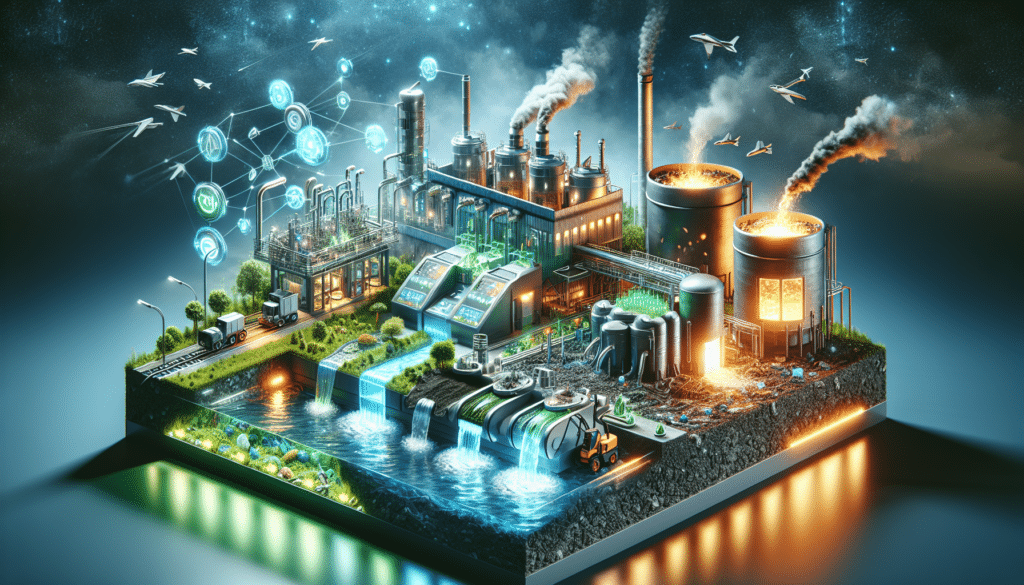
Innovation is key to finding effective solutions amidst growing waste challenges. Integrating smart technologies with waste management processes can lead to breakthroughs in efficiency and sustainability.
Industrial Wastewater Treatment Technologies
Industrial wastewater treatment has evolved with technologies like reverse osmosis and membrane bioreactors, providing high-quality effluent and opening avenues for resource recovery. Anaerobic digestion, in particular, has the dual benefit of treating wastewater and generating renewable energy, thus contributing to a greener industrial landscape.
Waste-to-Energy Technologies
Waste-to-energy technologies such as gasification and pyrolysis help convert waste into syngas, biofuels, or electricity, providing a viable alternative to traditional disposal methods and contributing to energy conservation.
Biochar Production
The transformation of industrial waste into biochar serves as a strong example of the positive effects of waste repurposing. Biochar not only improves soil fertility but also sequesters carbon, thus tackling both agricultural productivity and climate change challenges.
Case Studies
Real-world examples illustrate the practicality of industrial waste management. Case studies from different industries illustrate the practical application of waste management principles and the tangible benefits they bring.
Sustainable Practices in the Paper Industry
The paper industry’s shift towards sustainability exemplifies the positive impact of effective waste management. By recovering and reusing waste, the paper industry helps to limit its environmental impact, thus contributing to waste minimization and resource conservation.
Waste Reduction in the Metal Manufacturing Industry
The metal manufacturing industry also shows a commitment to sustainability and waste reduction through its initiatives in recycling by-products and minimizing overall waste in their manufacturing processes.
Summary
Managing industrial refuse is a thread that weaves through the fabric of environmental stewardship and public health. From defining and categorizing waste to addressing its hazards and exploring management strategies, this article has underscored the vital importance of innovation and compliance in safeguarding our planet. With the lessons learned and the examples provided, let us move forward with the knowledge that, while industrial refuse is an inherent part of progress, it need not be a hindrance to a sustainable future.
Frequently Asked Questions
What exactly is considered industrial waste?
Industrial waste includes unwanted materials from industrial activities, such as solids, liquids, and gasses produced during manufacturing processes.
Why is it important to properly manage industrial waste?
Properly managing industrial waste is important because it prevents environmental pollution, protects human health, and ensures compliance with local regulations to avoid legal repercussions and fines.
Can you give some examples of industrial waste?
Industrial waste includes mine tailings, hazardous chemicals from leather and metal manufacturing, wastewater from the petroleum industry, and scrap metal from construction.
How does industrial waste affect the environment?
Industrial waste, if not managed properly, can lead to air, water, and soil pollution, contributing to global warming, degrading ecosystems, and contaminating water bodies that are crucial for human and animal life.
What are some innovative solutions for managing industrial waste?
Some innovative solutions for managing industrial waste include smart waste management technologies, advanced wastewater treatment processes, waste-to-energy technologies, and the production of biochar to improve soil fertility and sequester carbon.














































